Congratulations! A new puppy in your home is a cause for celebration! Whether you want to adopt a chihuahua or get a labradoodle from the breeder, you’ll need to work on house training your pup right away. Just like children, puppies can bring a lot of joy, they also come with a handful of challenges. Puppies need to learn good habits and perhaps the most important of these is where and when to go potty. Getting started with potty training your new puppy can seem overwhelming, but rest assured, with the right knowledge, consistency, and a dash of patience, you'll soon find your furry friend on the right path.
Establishing a Potty Training Routine: The First Step to Success
Potty training a puppy is akin to building a tower of blocks: you need a steady and strong base. Consistency is this base. It's vital to stick to a regular schedule for feeding, playtime, and most importantly, potty breaks. Puppies are like sponges and absorb routines quickly. By establishing a consistent schedule, your pup will soon anticipate when it's time to eat, play, and do their business. This leads to fewer accidents and a happier, more confident pup.
In addition to consistency, consider the cues you'll use to signal to your puppy when it's time to potty. Dogs are incredibly responsive to their human's voice tone, and specific phrases like "potty time" or "let's go outside" can work wonders. Make sure to say these phrases in an enthusiastic voice – remember, excitement is contagious!
Rewards play a crucial role in this routine, serving as the third essential component. We all love a pat on the back, and puppies are no different. Immediately after your puppy does their business in the designated area, shower them with praises and give them a small treat. This act of positive reinforcement helps your puppy associate potty time with happy feelings, further encouraging them to repeat the behavior.
Potty training puppy might seem daunting initially, but I promise you, it's simpler than you think. Establishing a consistent potty training schedule will set the stage for smooth house training and forge a stronger bond between you and your pup. Now let’s explore effective potty training techniques to make this journey even smoother.
Unleashing Effective Puppy Potty Training Methods
Now that we've established the routine, it's time to dive into the 'how' of house training a puppy. There are a handful of tried-and-true methods that have proven effective for countless pups and pet parents, and your furry friend is no different. These techniques include crate training, paper training, using puppy pads, or just traditional outdoor puppy potty training.
Crate training is a natural choice for many puppies as it taps into their instinct to keep their living quarters clean. A crate, when used correctly and humanely, is not just a potty training tool but also a safe haven for your puppy. It gives them a cozy den to retreat to when they need some quiet time.
Paper training and puppy pads offer flexibility, particularly for those who live in apartments or areas with harsh weather conditions. These methods provide a designated indoor spot for your puppy to relieve themselves. However, it's crucial to remember that transitioning to outdoor potty time might take a little longer with these methods.
When it comes to how to potty train a puppy, the options aren't limited to just crate training or puppy pads. Many pet parents opt for the direct outdoor training method. This method is ideal for those who have ready access to an outdoor space and want to encourage their puppies to become accustomed to doing their business outside from the start.
Crate Training: A Natural Choice for Potty Training Puppies
Understanding Crate Training: In nature, a dog's den is their home—a place to sleep, hide from danger, and raise a family. The crate is your dog's den, a place where they can find comfort and solitude, and a place where you know they’re safe and secure.
Implementing Crate Training: Introduce your puppy to the crate in a positive manner. Start by placing treats or toys inside for them to retrieve. Begin by leaving the door open, allowing your puppy to go in and out as they please. Slowly start shutting the door for a few seconds at a time and gradually increase this period. The crate should always be associated with something pleasant, and training should take place in a series of small steps.
The Role of the Crate in Potty Training: As part of the crate training process, once your puppy is comfortable being in the crate, you should start confining them to the crate for short periods while you are home. The idea behind crate training is that the puppy will not want to soil their bed, so will hold it until they are let out of the crate for a potty break.
Benefits of Crate Training: In addition to being an effective potty training tool, a crate can also provide a safe haven for your puppy, helping to reduce anxiety when you're not around and giving them a place that's theirs alone.
Paper Training and Puppy Pads: A Flexible Option for House Training a Puppy
Understanding Paper Training and Puppy Pads: Paper training and puppy pads involve teaching your puppy to go to the bathroom on a piece of newspaper or on a specially designed puppy pad. This can be especially useful if you live in an apartment where outdoor access is limited.
Implementing Paper Training and Puppy Pads: Start by covering a larger area with the paper or pad, gradually decreasing the size as your puppy learns to aim their waste in that specific area. Place your puppy on the paper or pad frequently, and especially after meals, playtimes, and waking up from a nap. When they do their business on the paper or pad, make sure to provide plenty of praise.
The Role of Paper and Puppy Pads in Potty Training: Using these methods, your puppy will learn to associate going to the bathroom with a specific area. This is beneficial in terms of cleanliness, as the paper or pad can be easily disposed of, reducing the risk of accidents elsewhere in your home.
Benefits and Considerations of Paper Training and Puppy Pads: These methods can be a good option for people who live in high-rise apartments, or those who can't get their puppies outside frequently. However, be aware that training your puppy to eventually go to the bathroom outside might require additional steps, as you'll need to transition them from going indoors to going outdoors.
Direct Outdoor Training: The Traditional Approach to Potty Training a Puppy
Understanding Direct Outdoor Training: This is a method where you completely skip indoor potty training and teach your puppy to eliminate outdoors right from the start. It's a common method, especially for those who have easy access to outdoor spaces.
Implementing Direct Outdoor Training: It's important to maintain a strict schedule. Take your puppy outside frequently, ideally every 1-2 hours, as well as immediately after meals, naps, and playtime. Choose a specific outdoor spot for elimination to help your puppy understand where they should go.
The Role of Supervision and Guidance in Outdoor Training: Be there with your puppy during their potty times to provide immediate praise and reinforcement when they eliminate in the desired location. Using a leash can also help guide your puppy to the chosen area and keep them focused.
Benefits and Considerations of Direct Outdoor Training: The primary benefit of this method is that it bypasses the need for an indoor transition phase altogether. Your puppy learns right away that the outside is their bathroom. However, this method might require more patience and consistency, especially in the early stages. It may also be challenging for those who live in apartments or do not have regular access to outdoor spaces.
Each of these methods comes with its advantages and unique considerations. The key here is to observe your puppy and understand their needs. Just like us humans, every puppy is unique. Pick the method that best fits your pup's personality and your lifestyle.
Puppy Potty Training and Diet: Feeding Your Furry Friend for Success
A vital yet often overlooked aspect of potty training a puppy is diet. Yes, that's right! What goes in must come out, and what your puppy eats plays a significant role in their potty habits.
Feeding your puppy small, high-quality meals can do wonders for their digestion and, subsequently, their potty training progress. Puppies, with their immature digestive systems, do better with multiple small meals rather than two large ones.
Keeping an eye on your puppy's stool consistency can provide valuable insights. For instance, if you notice loose stools, it might indicate a need for a change in diet. Moreover, overfeeding your puppy can lead to diarrhea, making house training more difficult. No need to make it any harder than it already is!
In the process of potty training your puppy, always remember to match your efforts with the joy of the journey. Celebrate every small victory and capture these moments. Cuddle Clones and their range of custom pet products are there to help you immortalize these golden times. The journey of house training a puppy is a shared one, full of precious moments that are worth treasuring.You can reward yourself for being a consistent potty pal with a custom pet mug with your pup’s face right on it, so you’ll always be reminded of your success over your morning coffee. Stay tuned for the next section, where we'll discuss the power of positive reinforcement and how to avoid certain pitfalls.
Praising and Paw-sitivity: The Key to Successful Potty Training
When it comes to potty training your puppy, positivity is the name of the game. One of the essential elements in teaching a puppy where to go - or rather where not to go - is by harnessing the power of positive reinforcement. Remember, you're not just teaching them a new skill. You're building a bond of trust that will last a lifetime.
Scolding and punishment may seem like a natural response to accidents, but let me assure you, they're as ineffective as a chocolate teapot! Just like you wouldn't scold a toddler for a potty-training accident, puppies too need gentle guidance and understanding during this process. The goal of potty training your puppy is to help them understand what you want them to do, not instill fear for what they've done wrong.
Instead, focus on praising and rewarding good behavior. It might seem simple, but a kind word, a pat, or a small treat can make all the difference to your puppy. The moment they do their business in the right place, shower them with praise. This positive reinforcement lets them know they've done something good and encourages them to repeat the behavior.
Remember, it's not just about house training your puppy, but also about laying the foundation for your lifelong bond. Some day, when you ask yourself “Is my dog happy?” you’ll be able to see the bonds you created during this difficult season of house training a puppy, and know that you built a good base for future happiness.
From Oops to Spotless: Cleaning Accidents and Keeping them at Bay
Let's face it; accidents are bound to happen while you're potty training your puppy. It's a part of the process, as natural as your puppy's need to chew or play. The key is not to prevent all accidents - because let's be honest, that's not realistic - but to handle them appropriately when they occur, and to reduce their frequency over time.
First off, using an odor-removing enzyme cleaner is essential to keep your home fresh and prevent repeat offenses. Puppies, like all dogs, have an extraordinary sense of smell. If they catch a whiff of their scent in a spot where they've previously relieved themselves, they'll be inclined to use that spot again. Cleaning thoroughly with a pet-specific odor remover can help eliminate these scent markers.
If you catch your puppy in the act of an indoor accident, resist the urge to scold. Instead, interrupt them calmly (a quick clap or a "whoops!" can do the trick) and immediately take them to their designated potty spot, whether it's outside or to their indoor potty pad. Consistency in this redirection can help them understand where it's appropriate to go.
This process of how to potty train a puppy takes time, patience, and plenty of love. It's these special moments, even the messy ones, that make the journey of raising a puppy so rewarding. From training golden retrievers, to chihuahuas, to basset hounds, you’ll always remember this time spent potty training your puppy. In the next section, where we'll delve into addressing persistent potty issues and seeking veterinary help.
Detecting Persistent Potty Problems: When to Seek Veterinary Help
Puppies are as unique as snowflakes, each with their individual personalities, quirks, and yes, potty training progress. As we navigate this journey of how to potty train a puppy, it's essential to remember that every dog learns at their own pace. What's crucial is consistency, patience, and plenty of love.
However, if you notice persistent accidents despite your consistent efforts, it may be time to consult with a professional. Like us, dogs too can have health issues that might interfere with their potty training progress. Recurrent accidents, straining, or discomfort during elimination, changes in stool consistency, or unusually frequent urination could indicate a physical concern. Don't hesitate to consult with your vet if you notice any of these signs.
Remember, potty training is not just about teaching your puppy where to relieve themselves. It's also about understanding their health, behavior, and well-being. By getting to know your puppy's habits, you'll be better equipped to spot any anomalies and ensure they're happy and healthy.
Creating Everlasting Memories with Cuddle Clones
As we wrap up our journey on how to house train a puppy, it's time to celebrate! Your puppy's potty training journey is a significant milestone, filled with adorable moments, a few messes, and plenty of memories. And what better way to cherish these moments than with custom pet products from Cuddle Clones?
Cuddle Clones offers a unique way to commemorate your puppy's growth and progress. From realistic custom stuffed dog plushies that capture your puppy's unique features to custom mugs and posters featuring your pet, they offer a variety of ways to keep your furry friend with you, wherever you go.
Whether you're at the office missing your furry friend, or just want a memento of your puppy's adorable antics, Cuddle Clones brings you a step closer to your pet. As you celebrate the victory of a successful potty training journey, these keepsakes serve as reminders of the love and unbreakable bond you and your pet share.
Concluding Thoughts: A Joyful Journey in Potty Training Your Puppy
From figuring out how to potty train a puppy to celebrating their unique style with custom pet products, this journey you've embarked on with your pet is filled with growth, love, and plenty of memorable moments. The process of potty training your puppy, while sometimes challenging, is an essential step in developing a happy, well-behaved companion.
Consistency, positive reinforcement, and an understanding of your puppy's unique needs are the key components of effective potty training. These tools not only help you in house training your puppy but also in forging a strong, loving bond with your furry friend.
As you move forward in this journey, remember to celebrate each small victory and cherish each moment. Potty training is but the first of many adventures you and your puppy will embark on together. Which dog breed is the cutest? It’s always the one that you’ve spent time bonding with! And with a tangible memento from Cuddle Clones, you'll always have a piece of your pet's puppyhood with you.

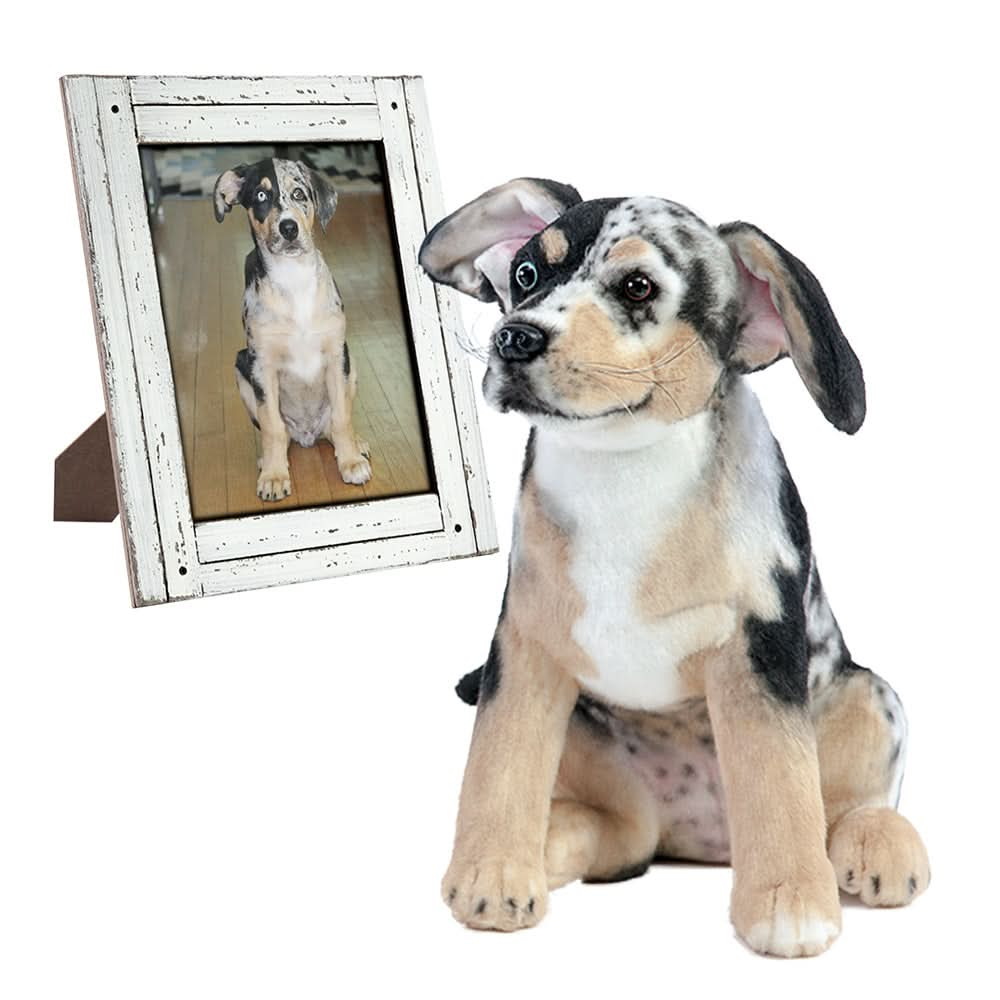
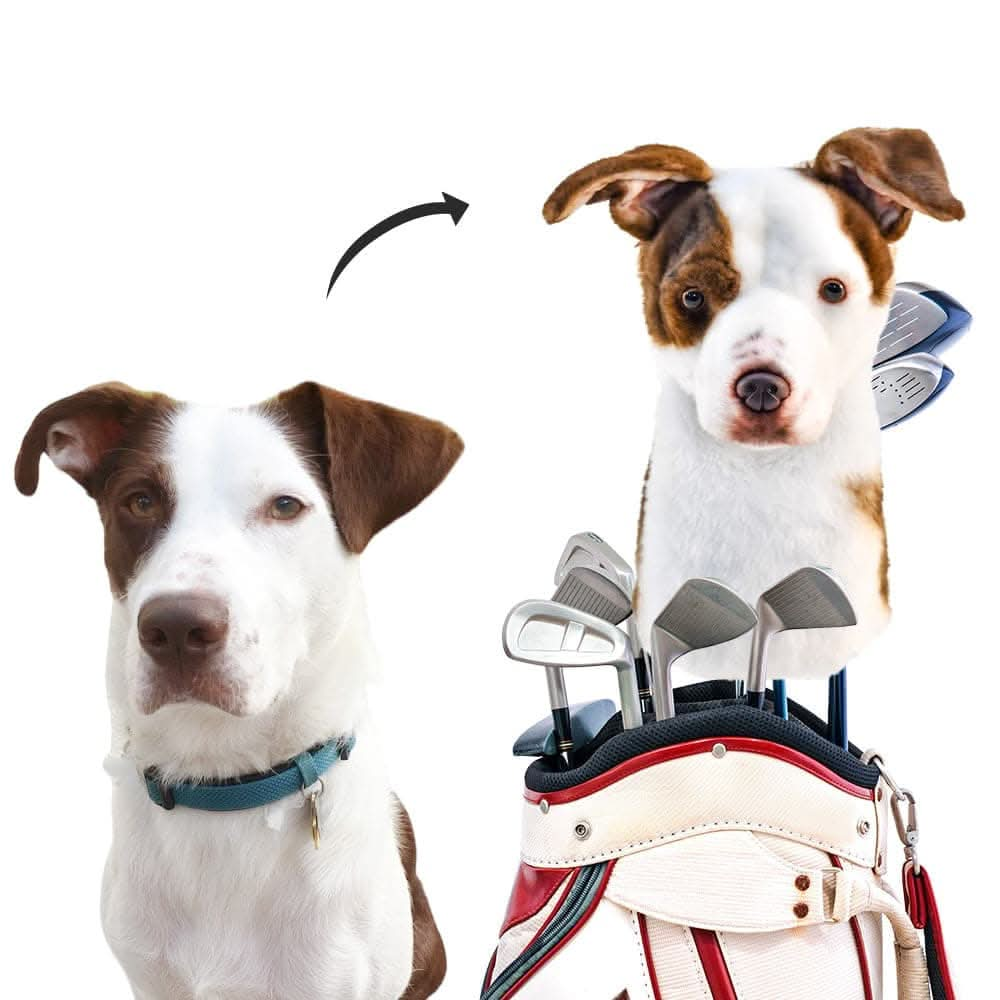

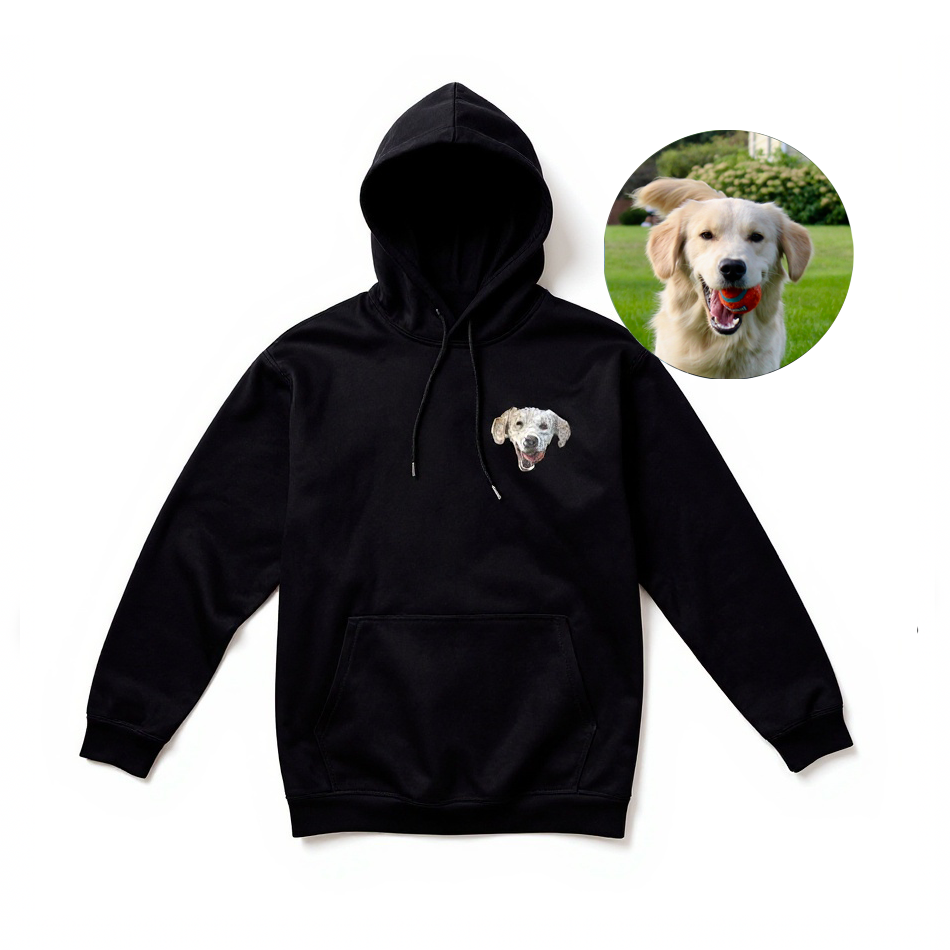
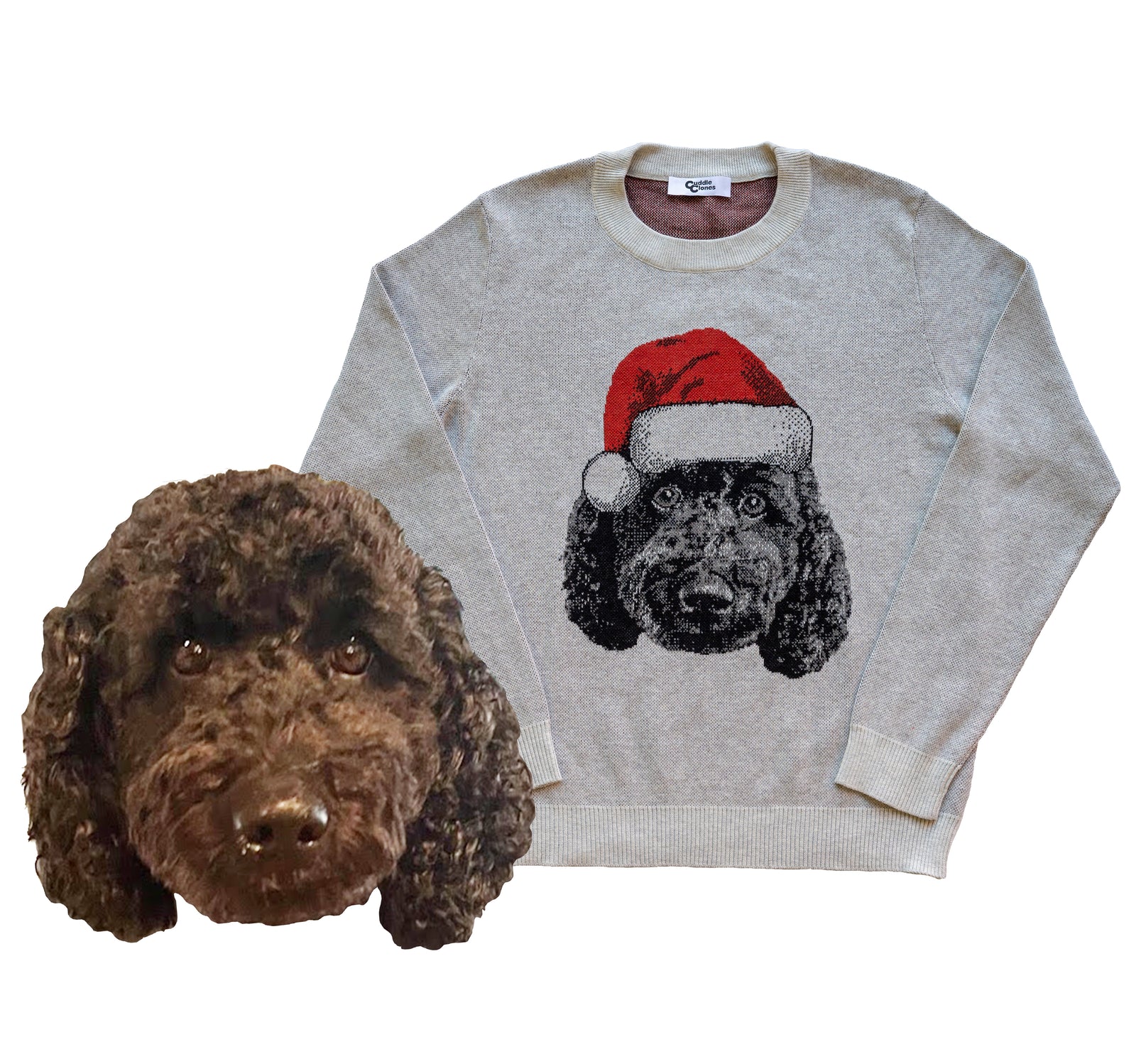
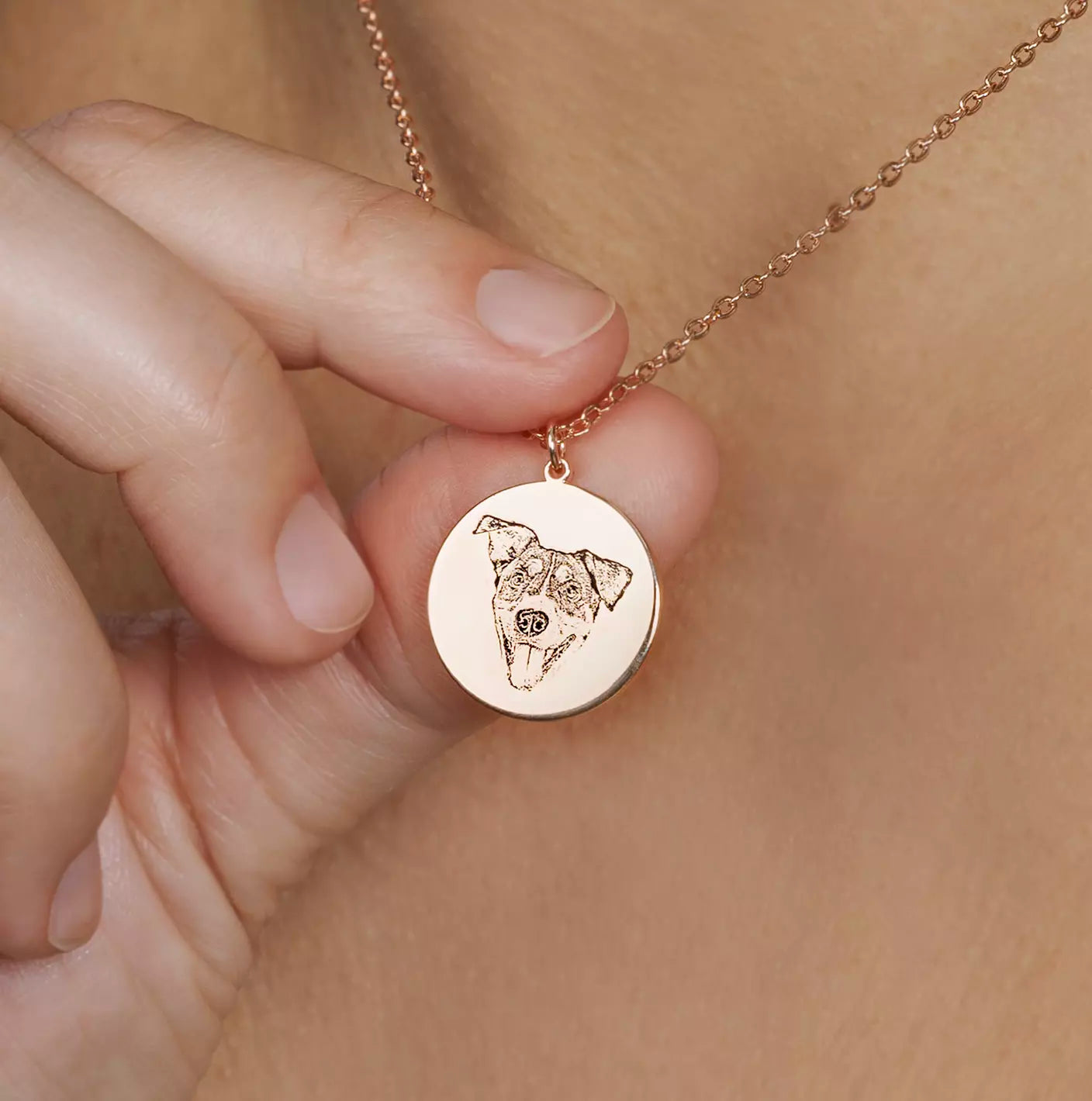
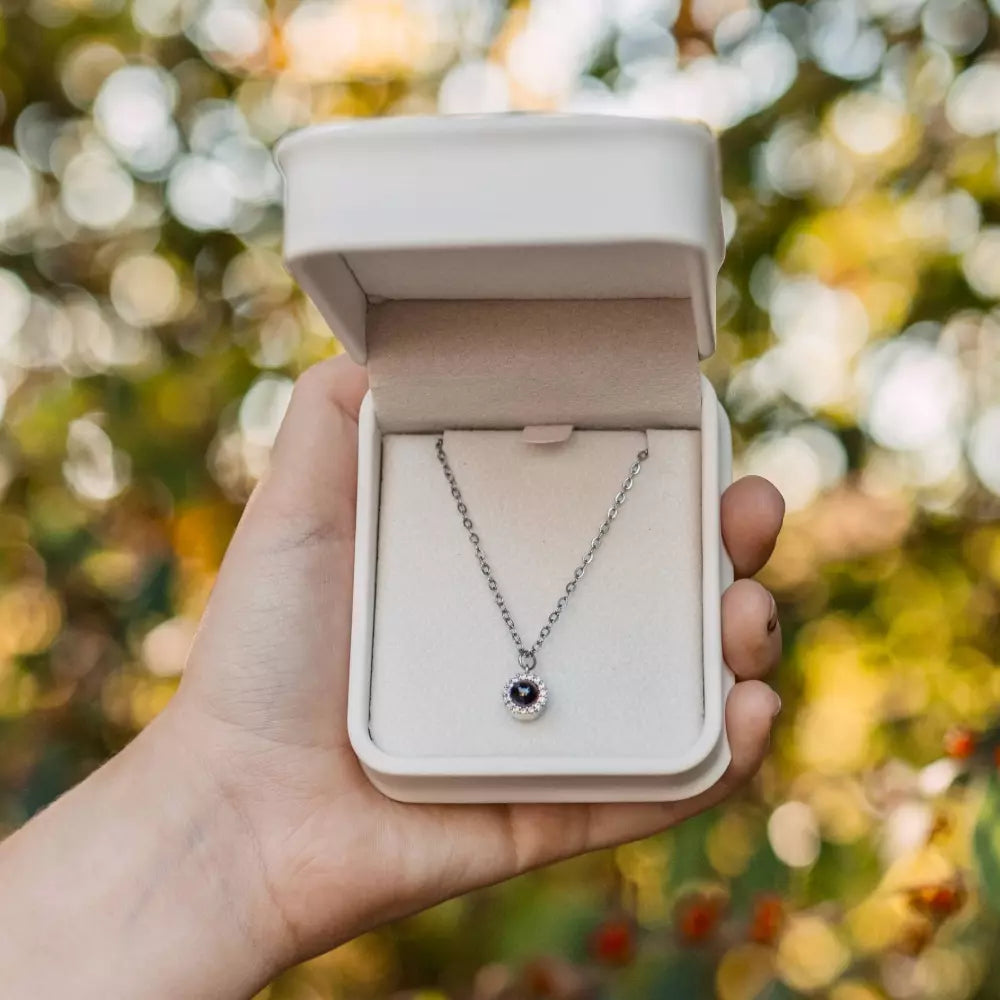
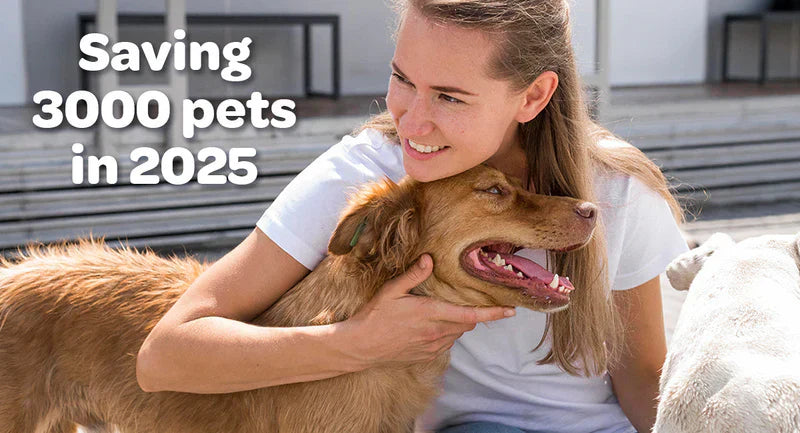
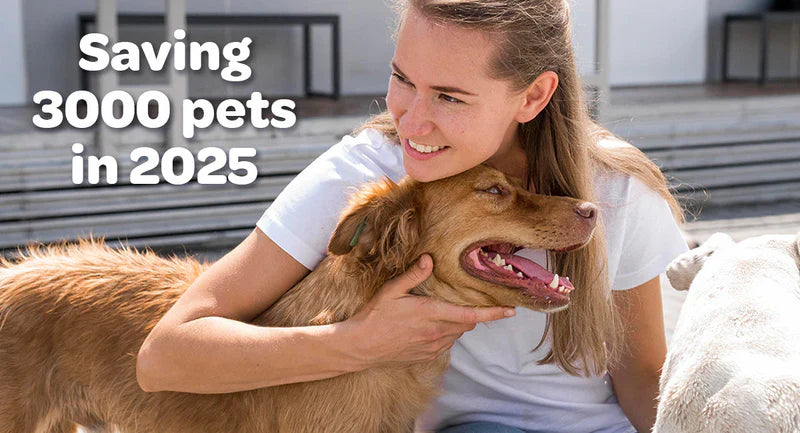

Laisser un commentaire